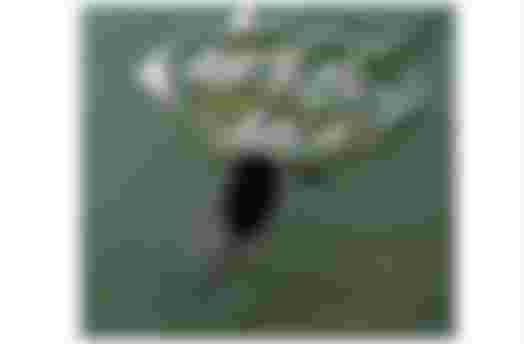The periodic movement of an inert medium that transmits energy from one place to another but does not move the particles of the medium permanently is called wave.

Example of waves:
Examples of waves include-
Ocean waves - waves transmitted to the surface of the water.
In electromagnetic wavelengths by radio waves, microwaves, infrared rays, visible light, ultraviolet rays, X-rays, and gamma rays. In the case of this type of wave no medium is required to conduct the wave. The speed of this wave through zero is equal to the speed of light.
Sound waves - mechanical waves transmitted by a liquid, solid or gaseous medium that give us a sense of hearing.
-Traffic waves
Types of waves:
Waves are generally of two types viz.
1. Transverse waves and
2. Longitudinal waves
Transverse wave:
The direction of conduction of a wave which is perpendicular to the direction of vibration of the particles in the medium is called transverse wave. Such as electromagnetic waves or waves transmitted through a thread.

Longitudinal waves:
The direction of wave conduction in longitudinal waves is parallel to the direction of vibration of the particles in the medium. An example of this is sound waves.
The properties of waves are as follows
1. The vibrational motion of the particles in the medium creates waves but the particles do not move permanently.
2. Mechanism is required to conduct mechanical waves.
3. It does not take any medium to conduct electromagnetic waves.
4. Waves transmit energy from one place to another.
5. The speed of the wave depends on the nature of the medium.
6. Wave reflection and refraction and overlapping occur.
7. In order to create waves, the particles of the medium must vibrate on both sides of the equilibrium.

Wave medium
The inertial medium by which waves are transmitted is called the wave medium. The wave medium can be varied in the following ways:
-Limited medium and infinite medium
Linear medium If different wave propagations located at any point of the medium can be added.
-The properties of homogenous or homogeneous medium particles do not change from place to place.
-Isotropic medium
Examples of waves include:
Ocean waves - waves transmitted to the surface of the water.
In electromagnetic wavelengths by radio waves, microwaves, infrared rays, visible light, ultraviolet rays, X-rays, and gamma rays. In the case of such waves, no medium is required to conduct the waves. The speed of this wave through zero is equal to the speed of light
Sound waves - mechanical waves transmitted by a liquid, solid or gaseous medium that give us a sense of hearing.
Traffic waves
Seismic waves - Waves flowing through the earth due to earthquakes or explosions. There are three types of seismic waves - S, P, and L.
Gravitational Waves - Waves caused by movement in the gravitational field. The nature of this wave is known from Einstein's general theory of relativity. According to general relativity, the speed of light is equal to the speed of light. [3]
Inertia waves, waves generated in a rotating liquid


